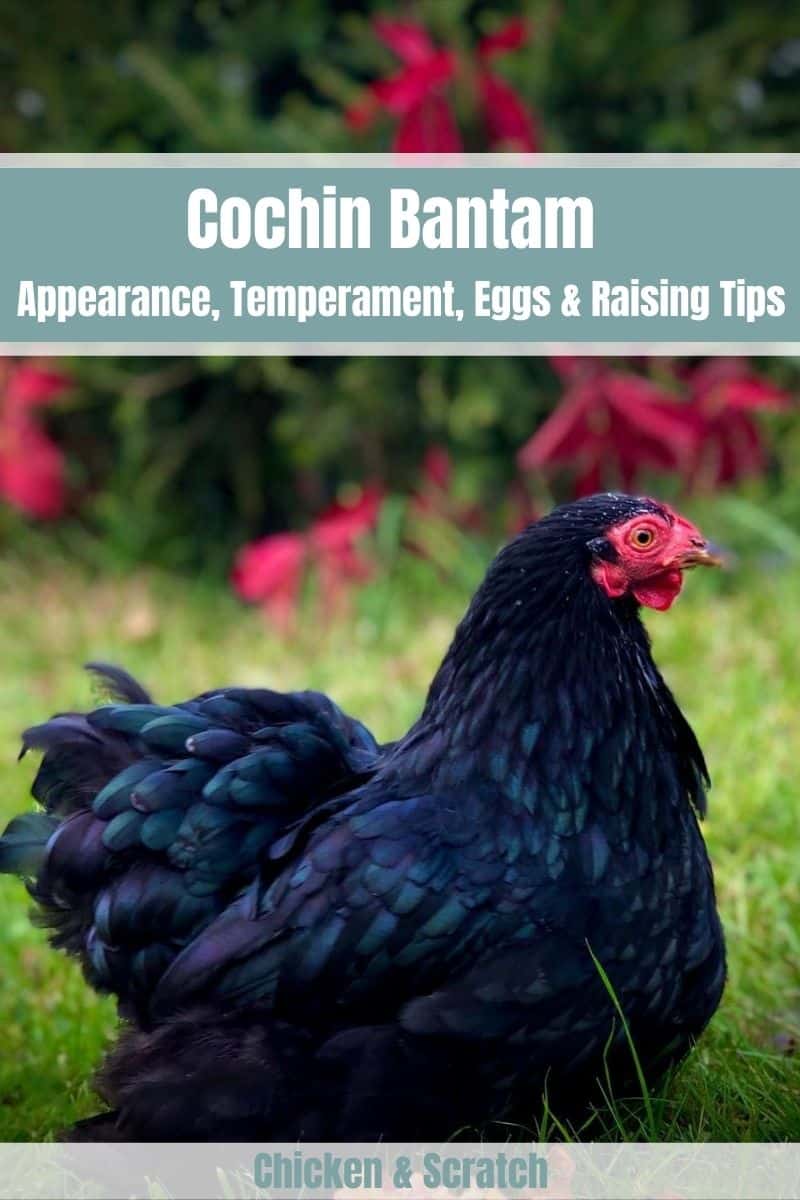Are you looking for an adorable and fluffy animal to add to your backyard flock? If yes, then a Cochin Bantam chicken is perfect for you. These tiny birds with soft feathers covering their feet are hard to resist.
Even if they require more care than other chickens, they are still popular among backyard raisers and hobbyists. Their fancy and lush feathering add joy and beauty to any garden.
If you’re looking for more information about this unique breed, you’ve come to the right place. Read on to know its history, temperament, appearance, and care.
Cochin Bantam Overview
Weight | 24 - 30 oz |
Color | blue, black, white, and birchen |
Lifespan | 5-8 years |
Egg Size | samll |
Egg Color | brown |
Egg Laying | good |
Cold Hardy | Yes |
Cost per Chick | $3.75 -$4.05 |
What is the origin of Cochin Bantam Chickens?
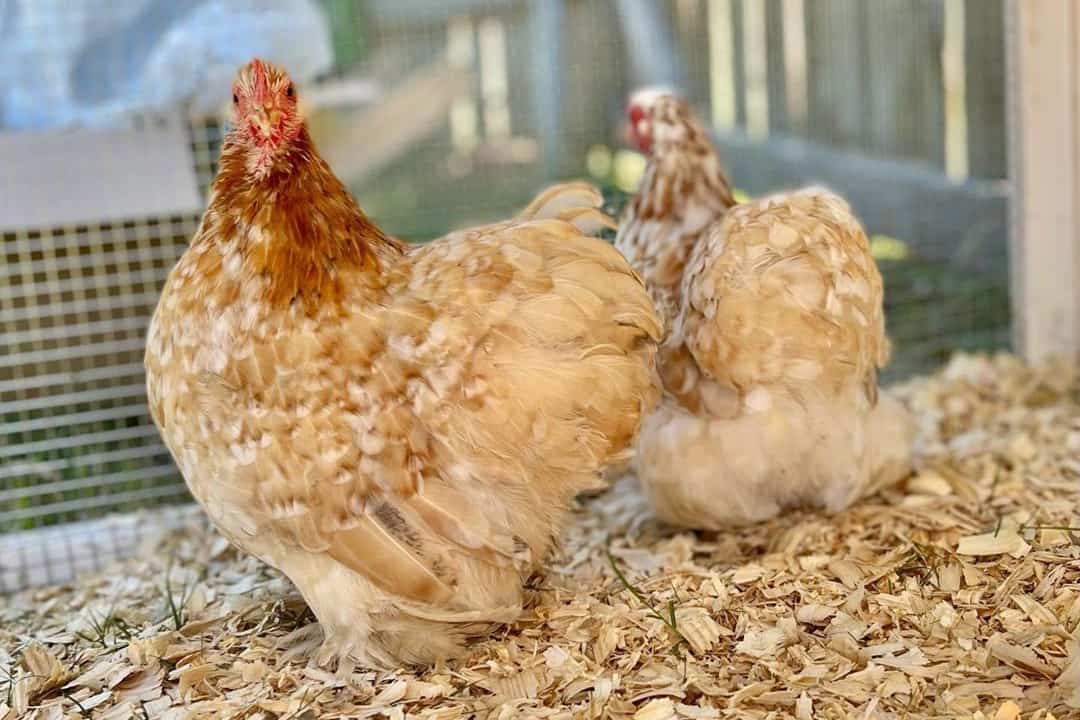
The history of the Cochin Bantam is quite sensational due to several versions that have emerged throughout the years. The Cochin Bantam, or what is now presently referred to as Pekin, originated from Peking (Beijing), China. They arrived in England in the 1860s after the end of the second Opium war. The first chickens to come were buffs, and no other color emerged for many years.
One version of its origin suggests that the original progenitors of these Bantams were stolen from the Summer Palace in Peking during the Chinese war. The British and French soldiers captured the emperor and looted some captivating buff Cochin Bantams. These soldiers then brought the first buff Cochin Bantams to England. No one has heard of this breed, even fanciers.
Another interpretation of this mysterious breed’s history is that the soldiers imported it to England to give Queen Victoria, a known chicken enthusiast.
During the early Victorian era, British keepers crossed a European breed of bantam with the Chinese breed and produced what we now know as the Cochin Bantam. This story, however, has no evidence, and yet it continues to appear in some online publications and books.
Other colors of Pekin Bantams were imported to the US from China in the early 1890s. Breeders then used Booted Bantams to produce various colors such as blue, black, white, and birchen. At present, rare colors are very much in demand, so breeders spend a lot of time perfecting their lines.
In Canada and the US, the breed is referred to as Cochin Bantam. In Europe, breeders and raisers call them Pekins. Many people wonder if they have a genetic relation to Cochins because of the similarities in the tail and leg feathering. However, poultry experts proved that Cochin Bantams are true bantams and not miniature Cochins.
How do I know if a chicken is a Cochin Bantam?
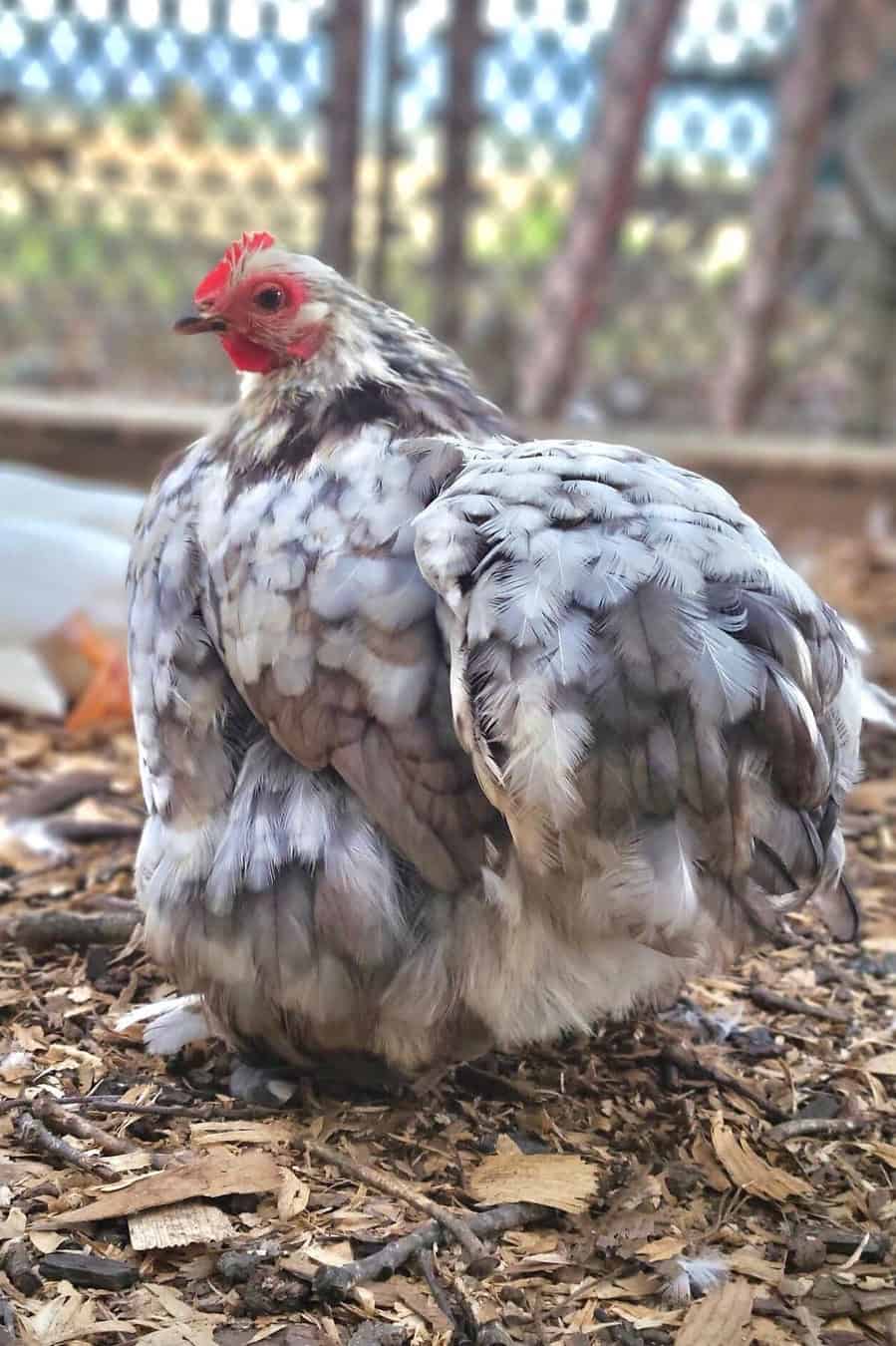
One look at this fluffy and ball-shaped chicken, and you’ll know that they’re Cochin Bantams. They’re a very recognizable breed due to their distinct shape and extraordinarily massive and soft plumage. Their body and excessive feathers give the illusion that they are heavier than they are.
They have small expressive faces that are free from wrinkles and eyes that are pretty large for the size of their heads. Both male and female have single, medium-sized combs but their wattles are different from each other. The male has extensive and long pendant wattles, while the female has small and well-rounded ones.
Another delightful feature of Cochin Bantams is their tails filled underneath with a mass of soft feathers. They are also known for their short legs hidden in bountiful, round-shaped fluff.
Both the hen and rooster’s appearance are dignified with a stance that is forward and low. However, the female’s head is leveled with its tail while the male’s head is slightly higher.
The following table shows the standard weight of Cochin Bantam as approved by the American Bantam Association.
| Cock | Cockerel | |
| Male | 30 oz | 26 oz |
| Hen | Pullet | |
| Female | 26 oz | 24 oz |

Varieties of the Cochin Bantam that the American Poultry Association recognizes include the following:
- Partridge
- Buff
- White
- Golden Laced
- Silver Laced
- Black
- Blue
- Brown
- Barred
On the other hand, the American Bantam Association approved 17 color varieties of the breed, which includes the following:
- Birchen
- Black-Tailed Red
- Golden Laced
- Lemon Blue
- Columbian
Here’s a look of how a Cochin Bantam looks like.
A large and twisted comb is considered a defect of the breed. Other flaws may include lowered breasts that make the feathers touch the ground, a lack of down fiber under fluff, or stiff tail feathers.
Are Cochin Bantams Friendly and Calm?
Cochin Bantams are known to be such delightful sweethearts. They are friendly, calm, and docile- perfect qualities for a family pet with small children. These adorable birds love to get people’s attention and have no problem being tamed or handled. Expect that they would often follow you around the yard or perch on your shoulder or head.
This little ball of fluff can elicit smiles and laughter since they seem like they waddle around. It is funny when they run because they hop from side to side. They also tend to be chatty and noisy throughout the day, but most of them have small voices since they are petite chickens. They become riled up when they’re excited, especially when they know treats are coming their way.
This video shows a Cochin Bantam “communicating” as they enjoy eating mealworms.
How do they behave around other chickens?
As for their relationship with other chickens, Cochin Bantams can get along well as long as you introduce them properly. Just like the Isbar chicken, they are protective of their home and family, so you have to make sure that a new member must be slowly ushered into the flock.
The Cochin males can be feisty and bossy, though. They can be aggressive towards other chickens and, sometimes, to humans. Their small nips are harmless and are often comical.
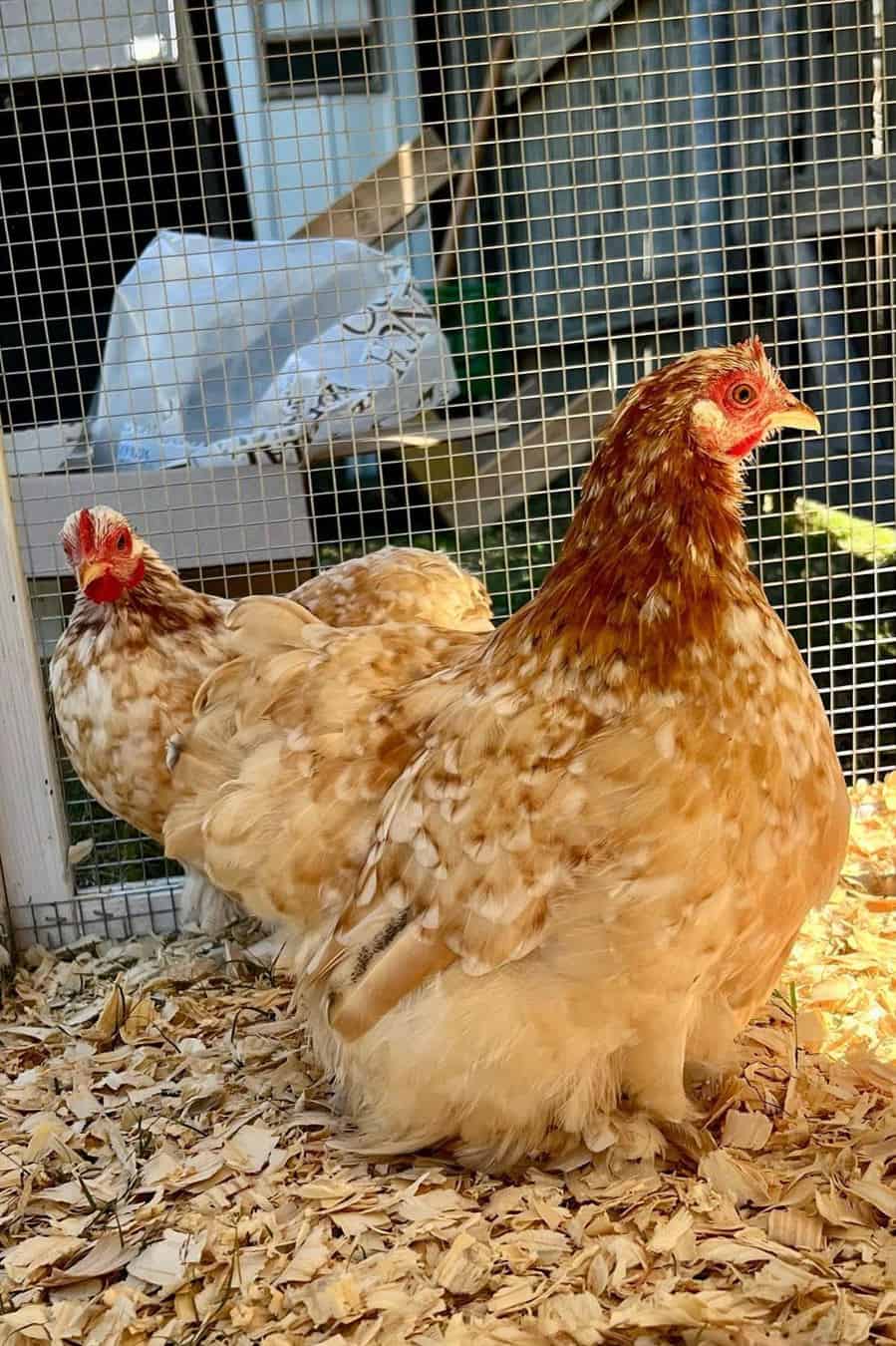
Can Cochin Bantam chickens free-range?
Like other chicken breeds, the Cochin Bantam is happy to explore if it is not too hot outside. They can thrive being free-range, but you need to practice extra safety precautions.
Some can’t fly, so it would be best to watch out for possible predators that might take advantage of this weakness. They can’t protect themselves very well or escape quickly when there’s trouble due to their short legs, robust body, and dense plumage.
Are Cochin Bantam hens good egg layers?
Cochin Bantams are not excellent egg producers. The hens lay about three to four eggs per week, translating to roughly 150-200 eggs per year. Since they are miniature chickens, their eggs and chicks are small, too.
Expect to see tinted or light brown eggs on their nesting boxes. Despite the size, they still taste the same as other eggs. They can even be more delicious if they are allowed access to a pasture.
Cochin Bantam hens usually lay their eggs when they reach five or six months. However, don’t worry if they lay later than expected. Some hens produce eggs nearing their first year. They can still lay during the winter, and you won’t have any problems unless they are broody.
The hens tend to become overweight. This condition may hinder egg production and liver disorders. To keep them at a healthy weight, experts recommend a daily ration of fresh, green food.
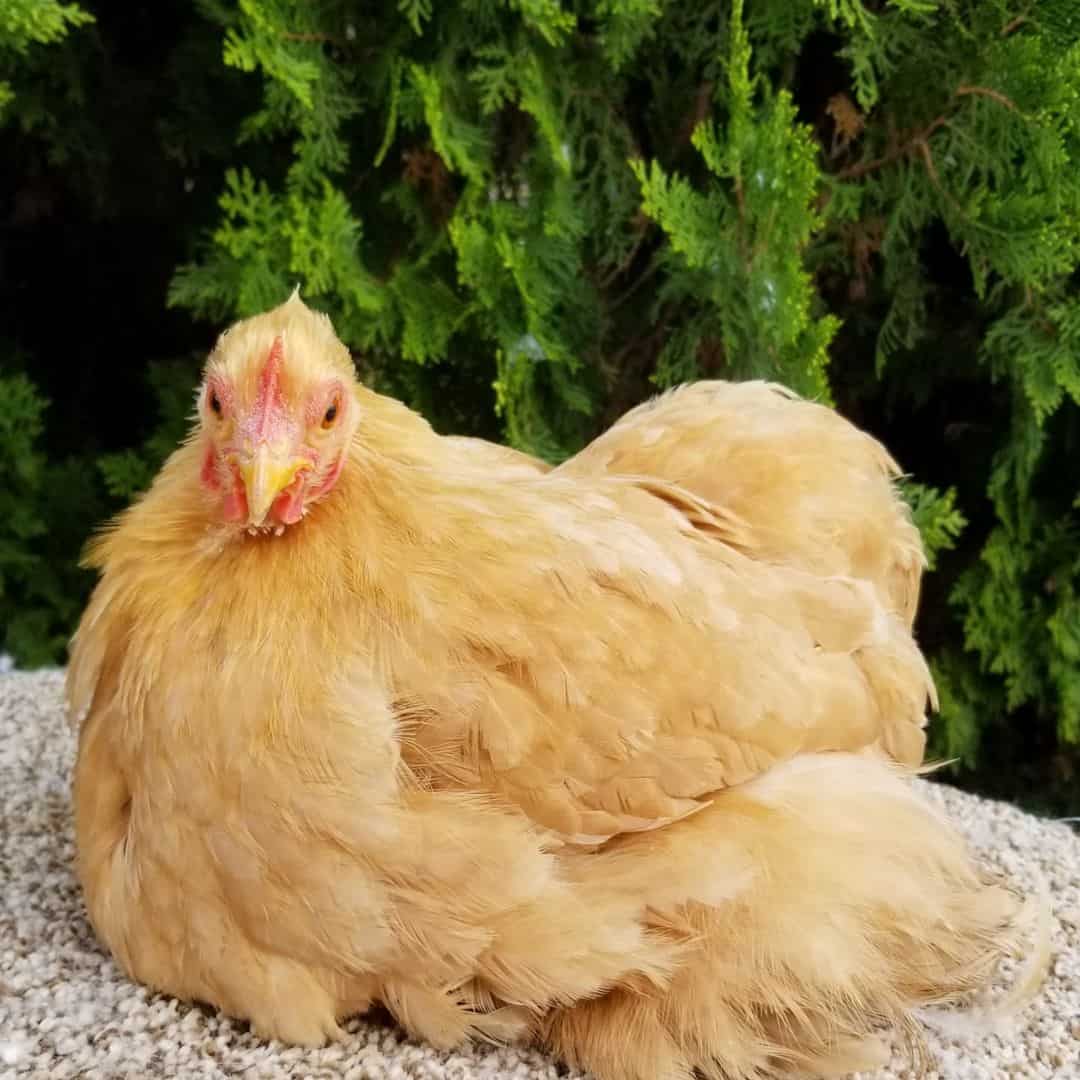
Are Cochin Bantam hens broody?
Cochins Bantam hens are often broody and can stay so for a long time. They love to sit on eggs that they are more than willing to hatch chicks of other birds. It includes being “surrogate” mommas to babies of other chickens, ducks, or pheasants.
Sometimes even if you have removed the eggs from their nesting boxes, they will remain broody. If you want to keep them in tip-top shape, you need to step in and break their broodiness with these tips:
- Remove the hen from their nesting area.
- Remove nesting material from their boxes.
- Cold down her abdomen by placing a bag of ice cubs under her body.
- Lock her out of the coop.
- Prevent any coop access for the whole day.
- Isolate the hen with the use of cages.
3 common diseases of Cochin Bantams
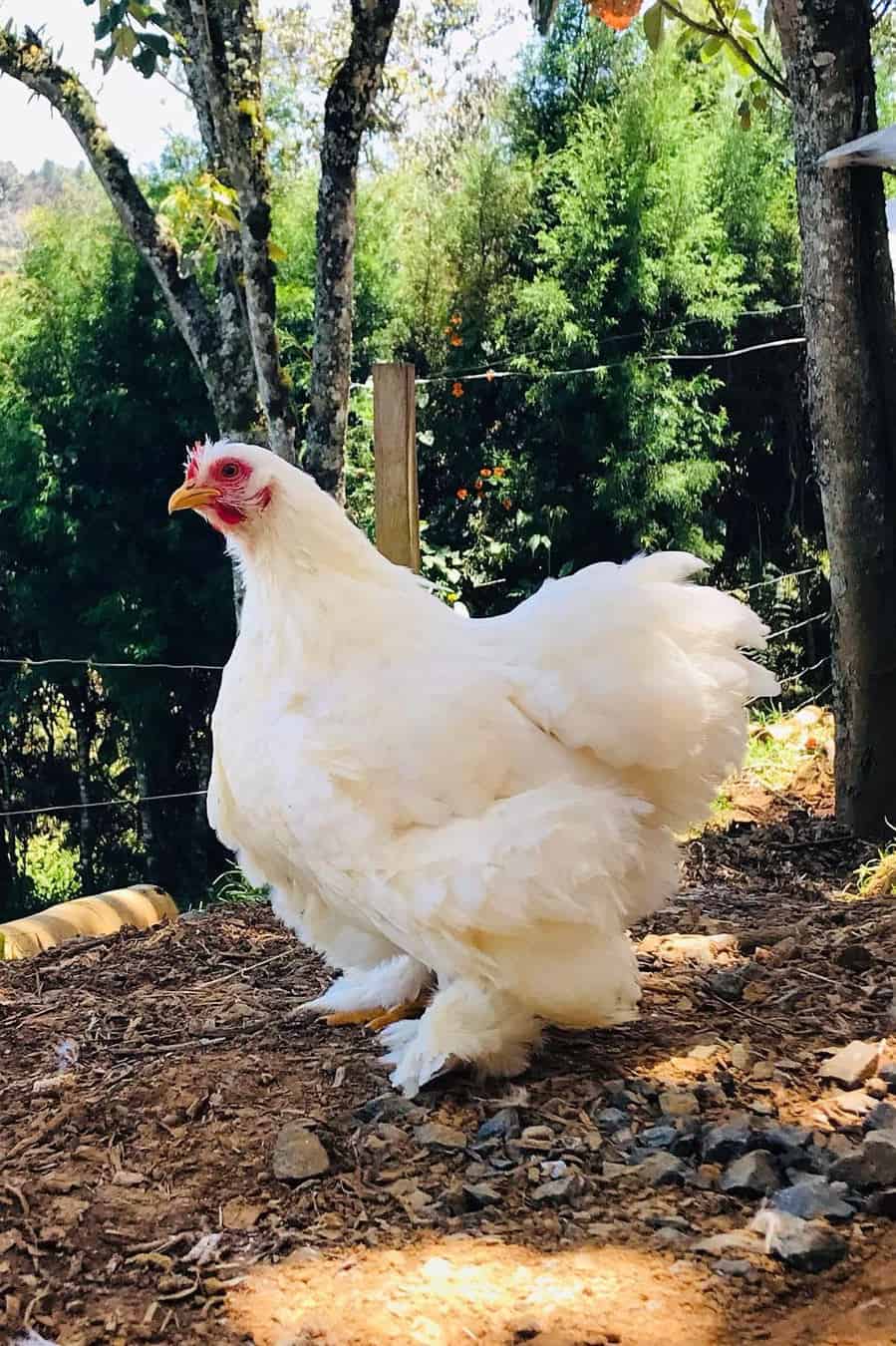
Cochin Bantams, like any other chickens, can get the following diseases:
1. Infectious Coryza
Infectious coryza, also known as “the pip,” is a disease that can affect the alimentary canal of chickens 14 weeks or older. It thickens the tongue and the palate, which leads to breathing difficulties. You may observe your infected chicken gasping for air as if they were choking. Other symptoms include loss of appetite and ruffled feathers. It may also cause death if not treated accordingly.
How to treat infectious coryza?
The first thing you need to do is isolate the infected chicken and transfer it to a warm, clean place. Provide fresh, clean food such as finely chopped vegetables or oatmeal. Also, give water with apple cider vinegar and chopped garlic.
Since infectious coryza is a bacterial infection, you can cure it with antibiotics. Make sure you consult a veterinarian for the proper dosage.
2. Gapes
Gapes is a fatal disease caused by the syngamus trachea, a nematode roundworm carried by grasshoppers, earthworms, beetles, and sowbugs. The worm lodges itself in the chicken’s windpipe, which causes an altered voice, watery eyes, and runny nose. The infected chicken usually refuses to eat, shows malaise, and eventually dies.
How to treat gapes?
At the first sign that your chicken is sick, please remove it from the flock immediately. Place it in a clean and dry room and provide water with chopped garlic.
Then ask your veterinarian for the proper deworming procedure. Do not attempt to give the medicine without medical guidance. If the medication is strong and there are too many worms, they might get dislodged in the throat, causing more harm.
3. Over-feeding
Cochin Bantams are prone to be overweight since they can’t move around quickly due to their body shape. They can get kidney problems or brain inflammation if they are overfed.
Make sure to provide food that is proportional to their physical activities. Avoid giving too many treats and follow a specific feeding plan.
5 Tips for Raising Cochin Bantam Chickens

Always keep them dry and cool.
Cochin bantams are not hardy birds so handling the heat and cold is difficult for them. Their massive feathering may help them keep warm during cold weather, but it can quickly get wet. They are also more prone to frostbite due to the feathers on their feet.
These birds become very miserable and sickly when they get wet. Make sure to keep them dry and out of the mud at all times.
Proper ventilation, insulation, and cooling equipment must be in place for areas with regular hot days.
Protect them from predators.
These birds can’t handle predators very well. Since their legs are short, they couldn’t run fast while some breeds couldn’t fly. It would help if you contained them to make up for their lack of agility and speed.
A fully-enclosed run or a two-feet fence will help protect your flock. Make sure there are no openings that can fit any predator like snakes or weasels.
Customize their area.
Since Cochin Bantams have short legs and are unable to fly, they need lower roosting bars. You also need to install a ladder, ramp, or steps to prevent them from experiencing any injury while accessing the coop.
Here’s a video that shows the space required for their coop.
Keep an eye out for mites.
Your fluffy pets are more prone to mites than any other chicken breed. Check them regularly so you can treat the mite infection right away. Pay close attention to the base of the neck, the vent area, and behind the comb.
Clean and ventilate your coop.
Since Cochin Bantams hate being wet, ensure that the coop and nesting boxes are clean and dry. Change the beddings regularly and never let manure pile up.
Your best bet is to prevent drafts from keeping them warm for birds with profuse feathers such as these bantams.
Summary
If you’re on the lookout for an adorable and fluffy pet that can make you smile, then the Cochin Bantam is perfect for you. They can easily be a part of your family, with their sweet and gentle disposition. They can elicit a few laughs with their antics so it can contribute to a joyful poultry-raising endeavor.
Due to their enormous feathering, they require more rigid maintenance from you. However, the happiness that these chickens can bring can make up for the extra time you spend caring for them.
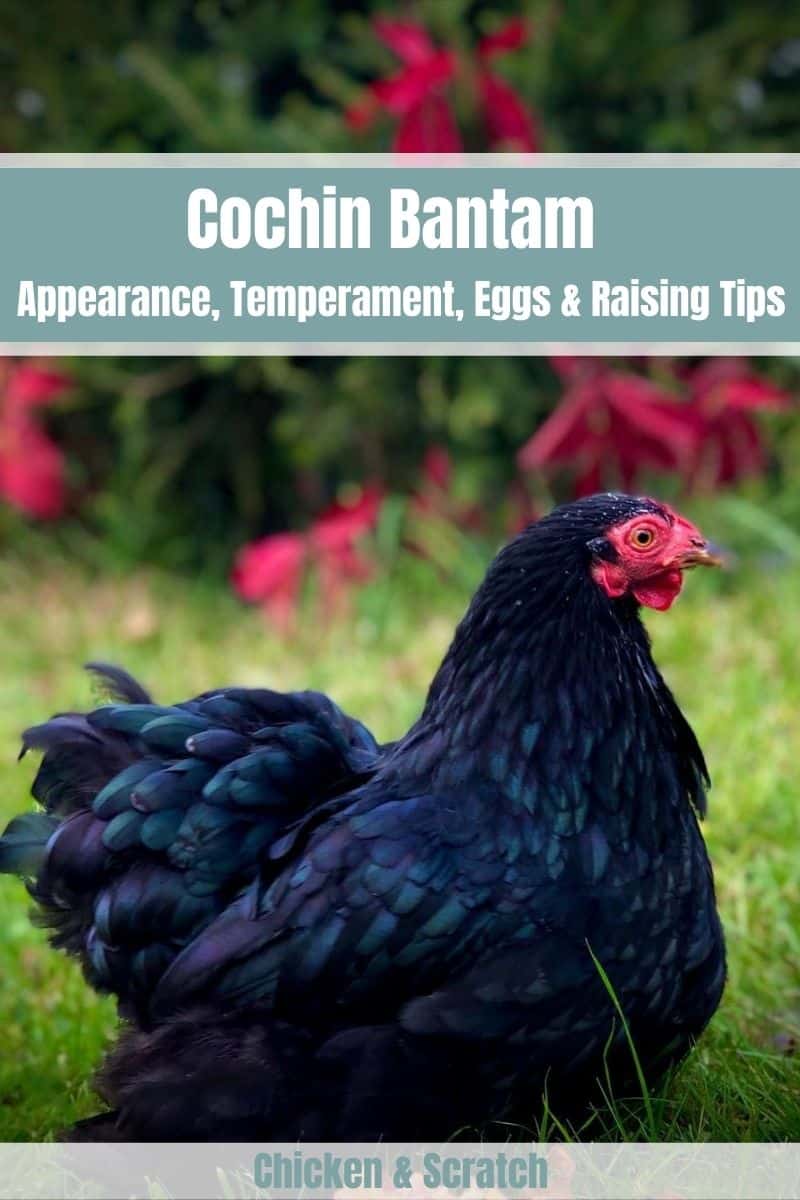

Joseph Hudson has been raising chickens for over 15 years. In 2018, he completed the Agriculture & Natural Resources program at Mt. San Antonio College. He currently raises over 1400 chickens on his 7.5-hectare farm. He keeps sharing his experience on raising healthy and happy chickens on Chicken Scratch The Foundry.
